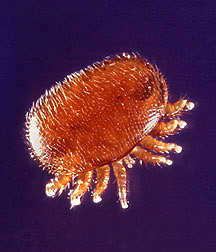Some people are concerned about their kids or their picknicks, but as you all know, the bees at CPS are not even noticeable from on campus. They disperse, and although there will be more bees visiting the plants, they won't be attracted to the barbeque or the watermelon like Yellowjackets would be. And many Berkeley residents and parents are looking forward to it. One father of a three year-old in North Berkeley's Codornices Park, said, "bring on the bees. Definitely more people will get stung. Bees are vital to the world, and we need them."

Here is the update from yesterday:
Berkeley to draw bees with plantings in parks
by Carolyn Jones
Thursday, March 26, 2009
The bees are coming to Berkeley.
At its meeting Tuesday night, the City Council voted unanimously to create bee habitats in city parks and open spaces by planting "pollinator-friendly" landscaping. The intent is to help pollinators, particularly bees, whose numbers have been rapidly declining worldwide due to habitat loss and pesticides.
Park staff will plant native, flowering plants at least 30 feet from children's play areas, garbage cans and restrooms to minimize the risk of bee stings. Nests will be removed.
The city's gardening superintendent will decide how, when and where the landscaping will be planted, but the plan should get under way within the next few weeks.







